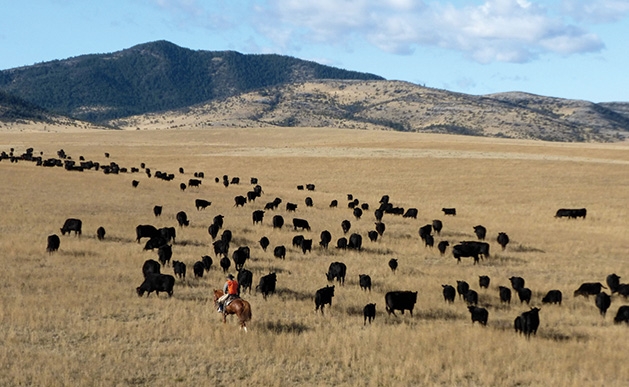
Switching to grass-fed beef has never been easier. But this flavorful source of protein cooks a bit differently.
This article originally appeared as part of the story Montana to Minnesota in the September 2019 issue. For some delicious recipes using grass-fed beef, click here.
Switching to grass-fed beef has never been easier. But this flavorful source of protein cooks a bit differently. Here are a few prep tips to ensure you always get the juiciest, tastiest results:
- Butter up.
Coat it with grass-fed/pasture-raised butter for easy browning and to prevent meat from drying out and sticking to cooking surfaces. - Don’t fork around.
Always use tongs to turn grass-fed beef. By not piercing it, you’ll keep juices in and avoid drying out the meat. - Take your time.
Always thaw grass-fed beef in a refrigerator, not the microwave. - Watch your speed.
Use a thermometer to test doneness and watch temperature. - Think pink.
Grass-fed beef is ideally cooked to rare or medium-rare. Even for medium-well, avoid grilling or roasting it as long as you would corn-fed beef. Meat continues to cook after you remove it from the heat, so it’s done at ten degrees below the desired temperature. - Sear it first.
Quickly sear the meat on each side to lock in juices. Baste to add moisture and reduce heat to continue cooking. - Don’t overdo it.
Grass-fed beef should be at room temperature before cooking to avoid overcooking. - Let it sit.
For ideal taste and texture, grass-fed beef should rest covered and warmed 7 to 10 minutes after removing it from the heat.









